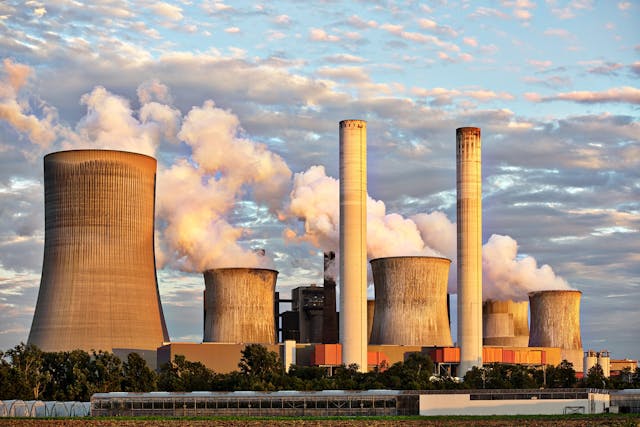
CLIMATE-RESILIENT INFRASTRUCTURE
Climate change is one of the greatest challenges of our time. Infrastructure, such as bridges, roads, and dams, is particularly vulnerable to extreme weather events. Intense rainfall, flooding, and extreme temperatures can threaten the safety and efficiency of these structures.
What is Infrastructure Resilience?
Resilience refers to the ability of infrastructure to withstand and adapt to climate change. This means designing and constructing structures that can endure unforeseen events without significant damage. Engineers must anticipate future climate scenarios and integrate them into their designs.
Challenges for Engineers
Designing resilient infrastructure requires new technologies and materials. For instance, using eco-friendly and low-carbon materials is crucial to reduce the environmental impact. Moreover, it is essential to constantly monitor the state of structures with technologies like IoT sensors and drones to detect potential risks early.
Engineering Solutions
Some solutions include:
- Reinforcement of existing structures: Renovating and upgrading old infrastructure to improve their resilience.
- Use of natural infrastructure: Natural barriers, such as forests and wetlands, can help protect infrastructure from floods and landslides.
- Modular design: Structures that can be adapted or expanded in response to climate changes.
The Role of Engineering in the Future
Engineers play a key role in creating safe and resilient infrastructure. Integrating sustainability into future projects is essential to ensure that our cities and communities are ready to face the challenges of climate change.
